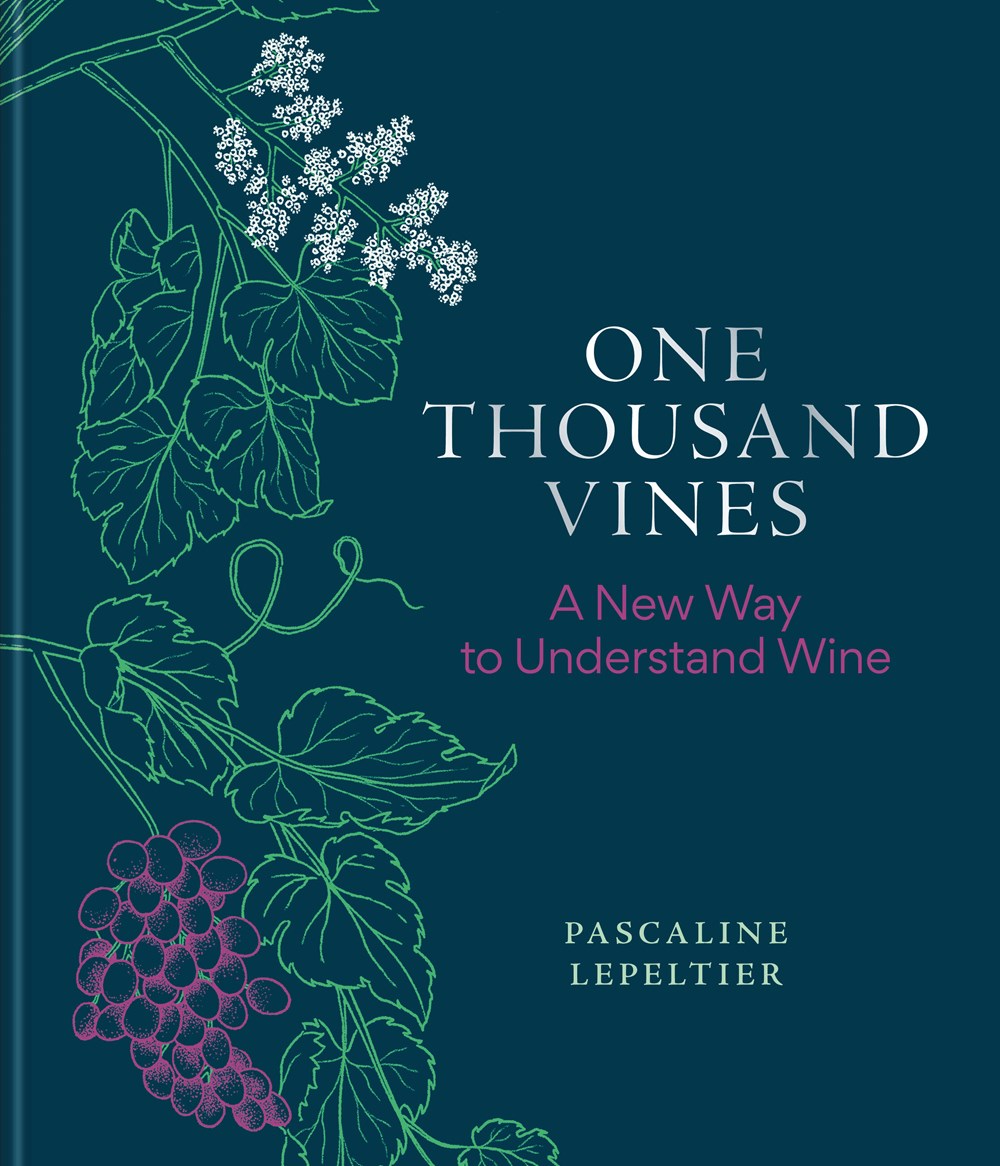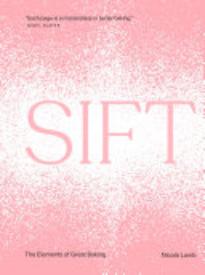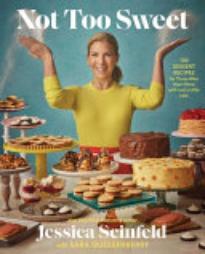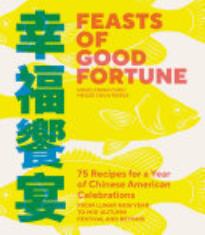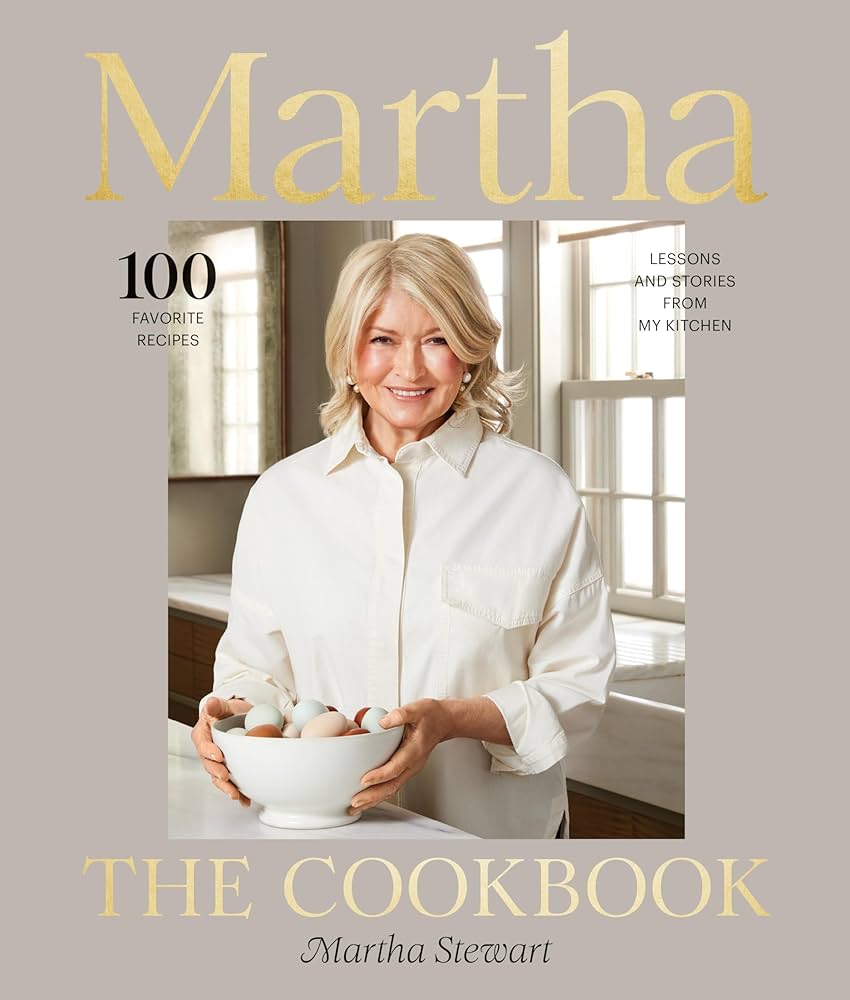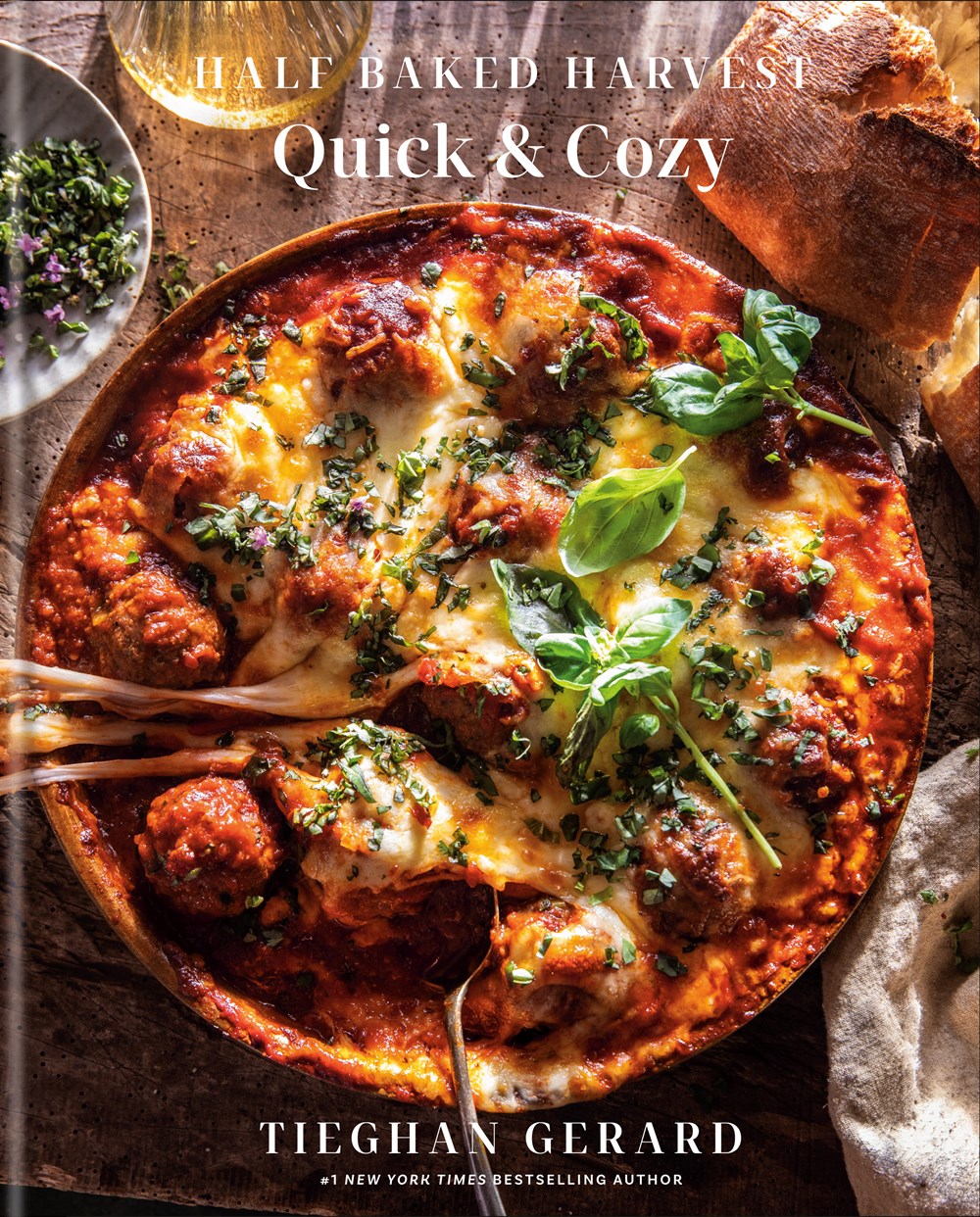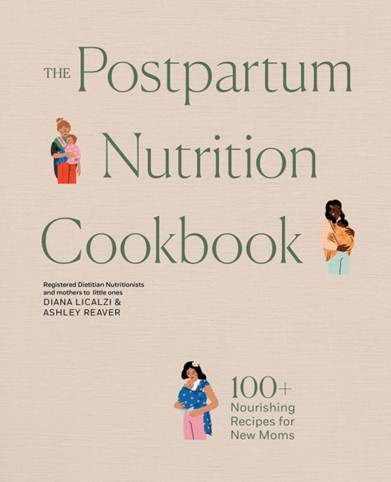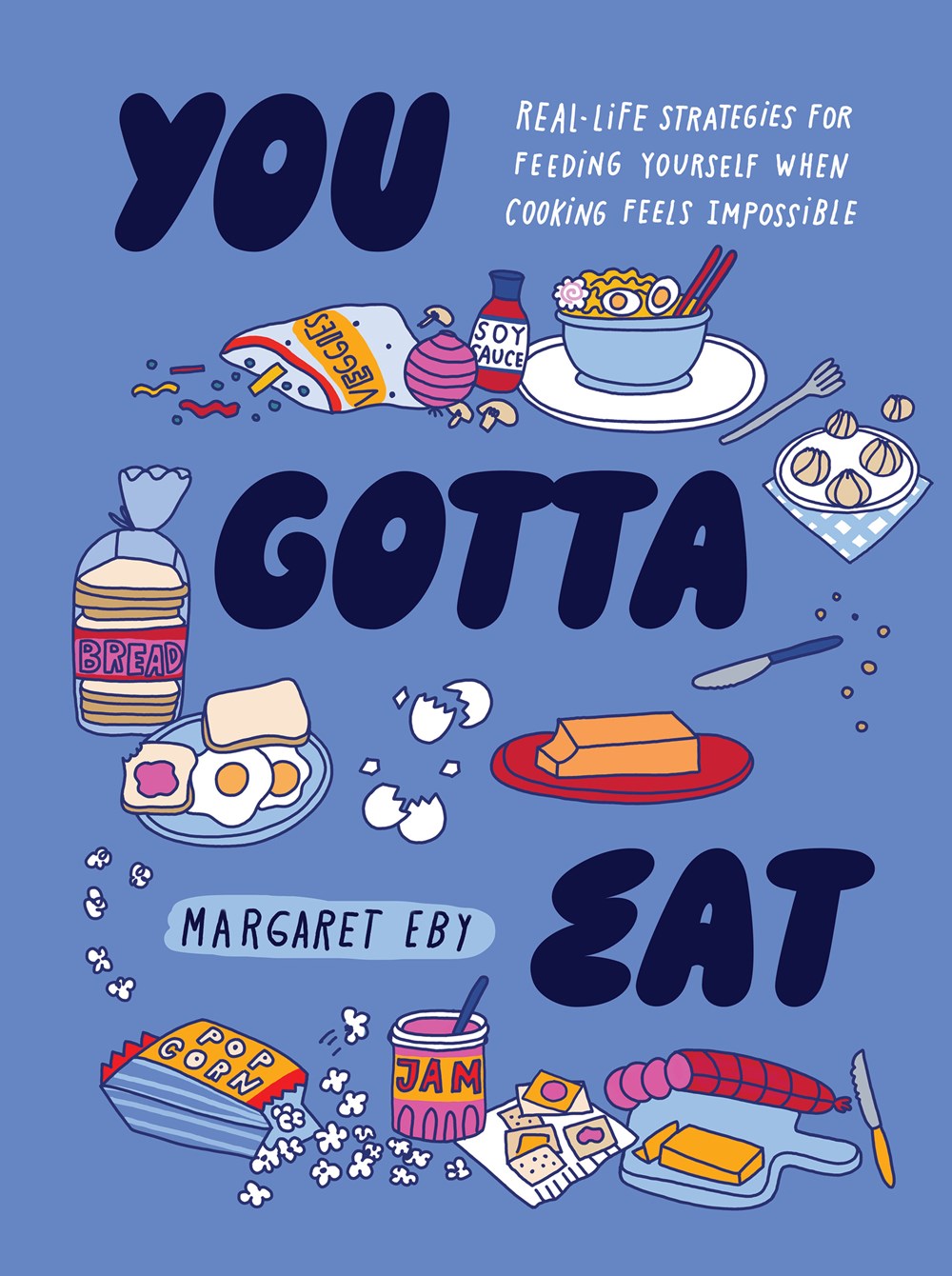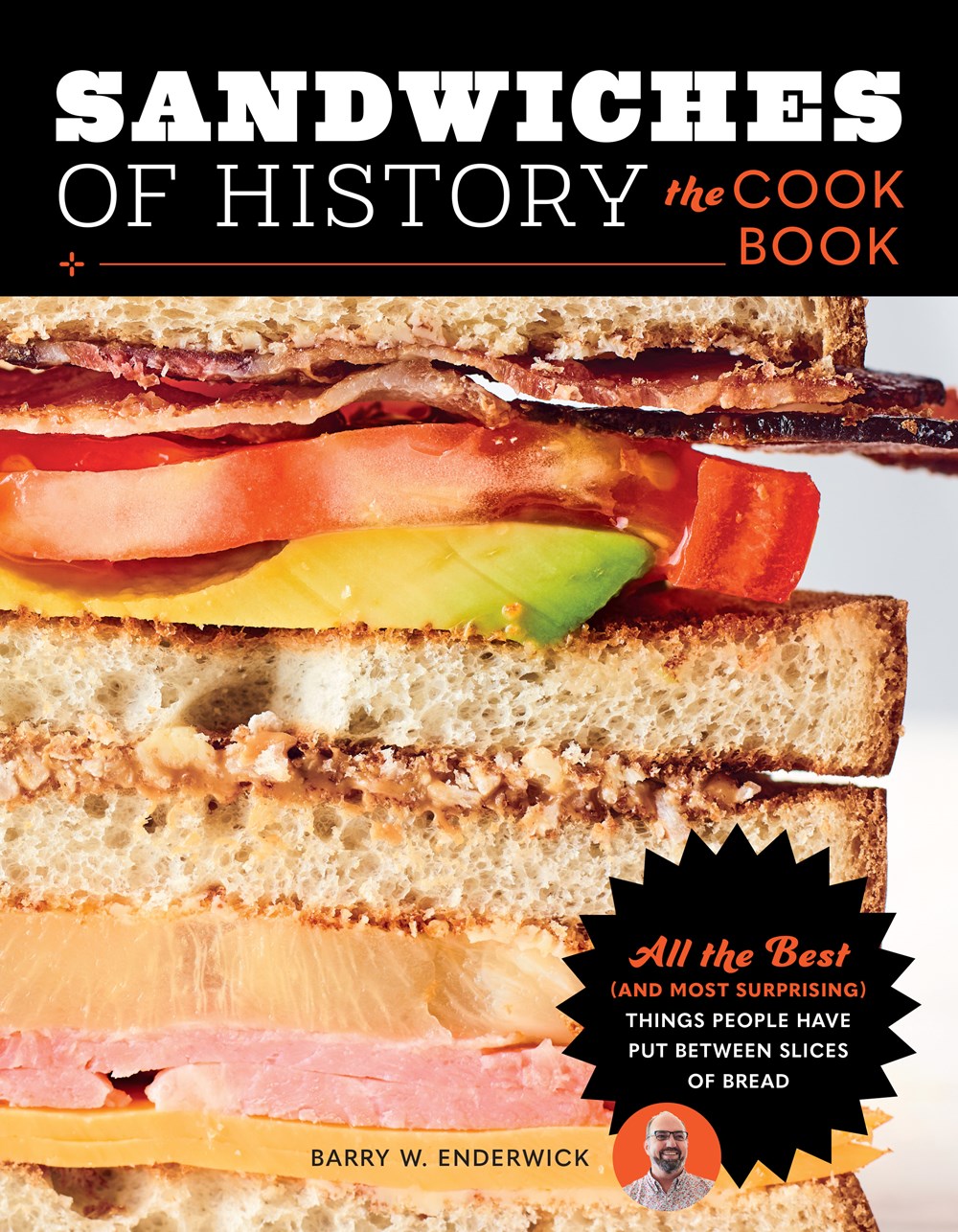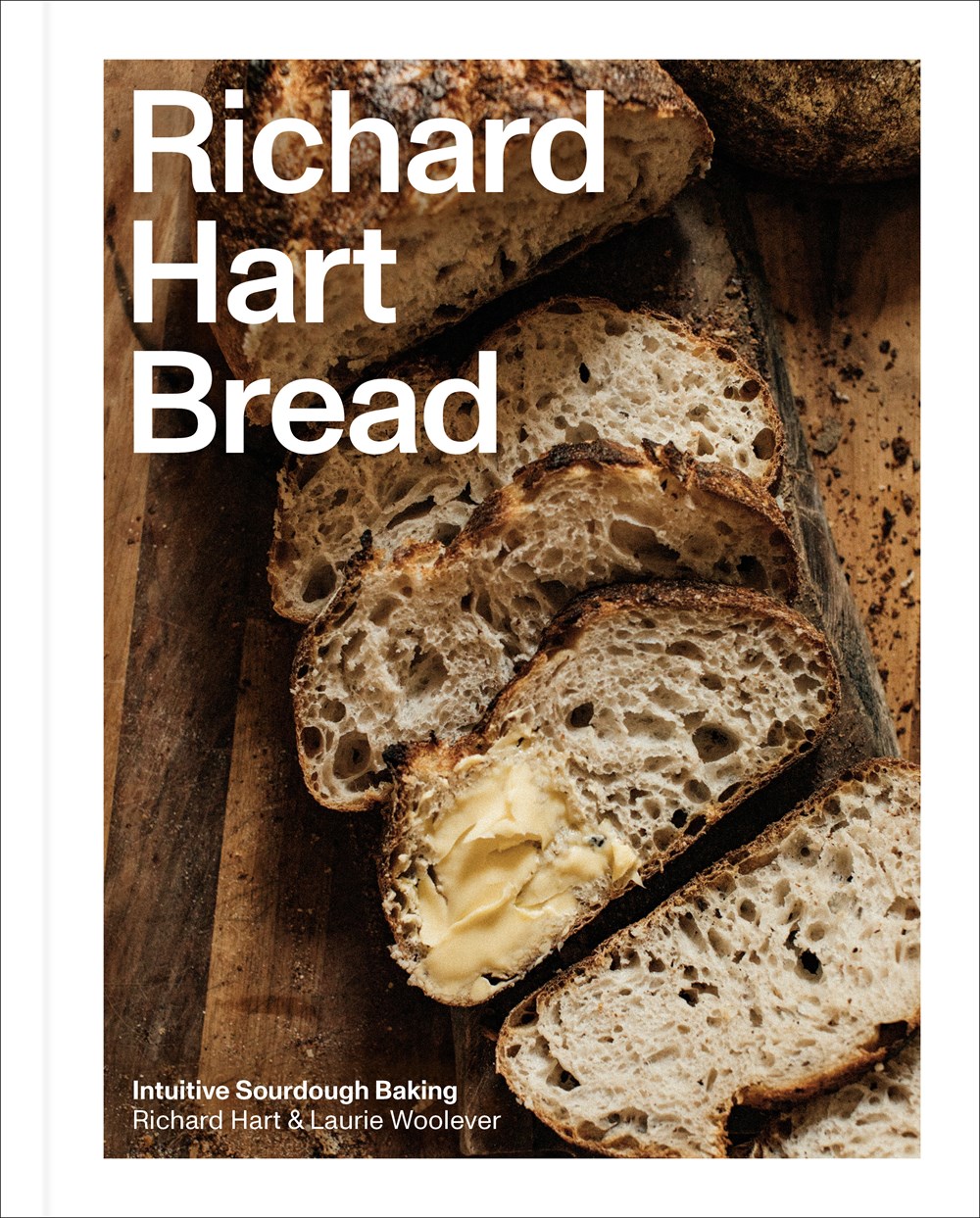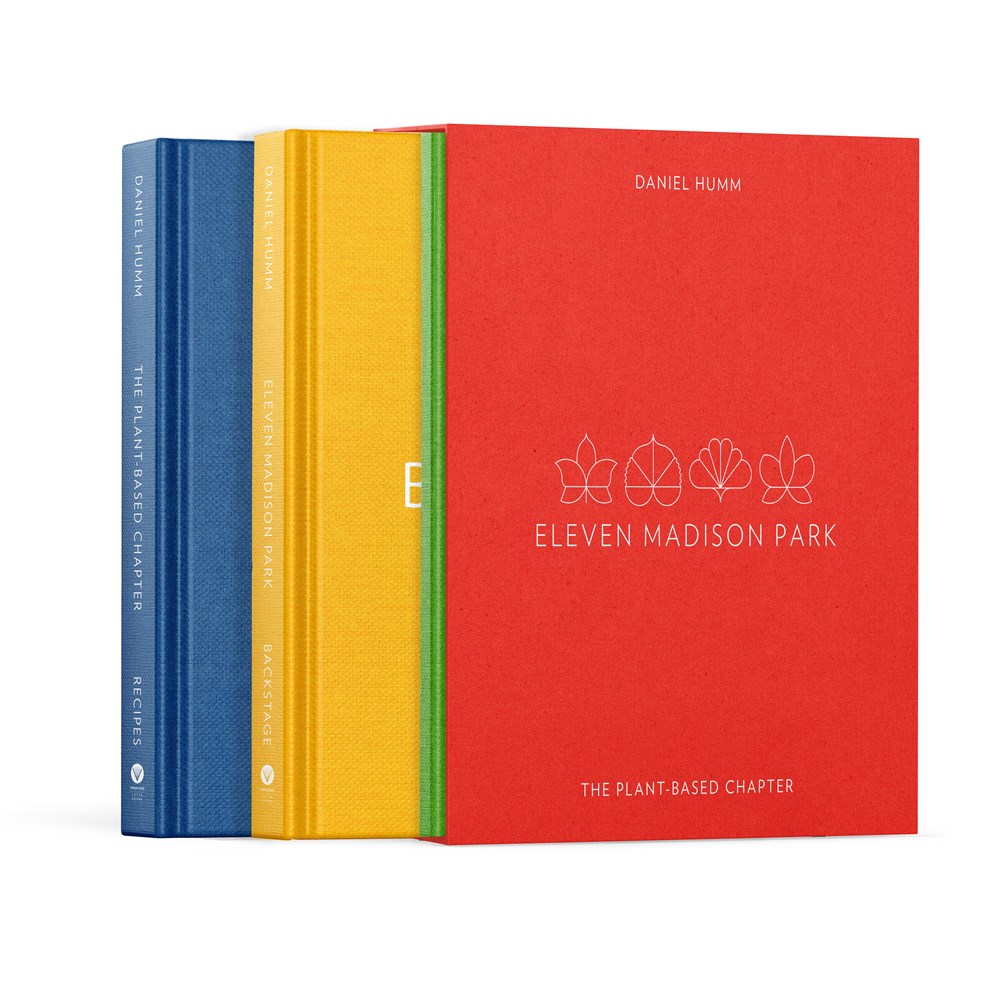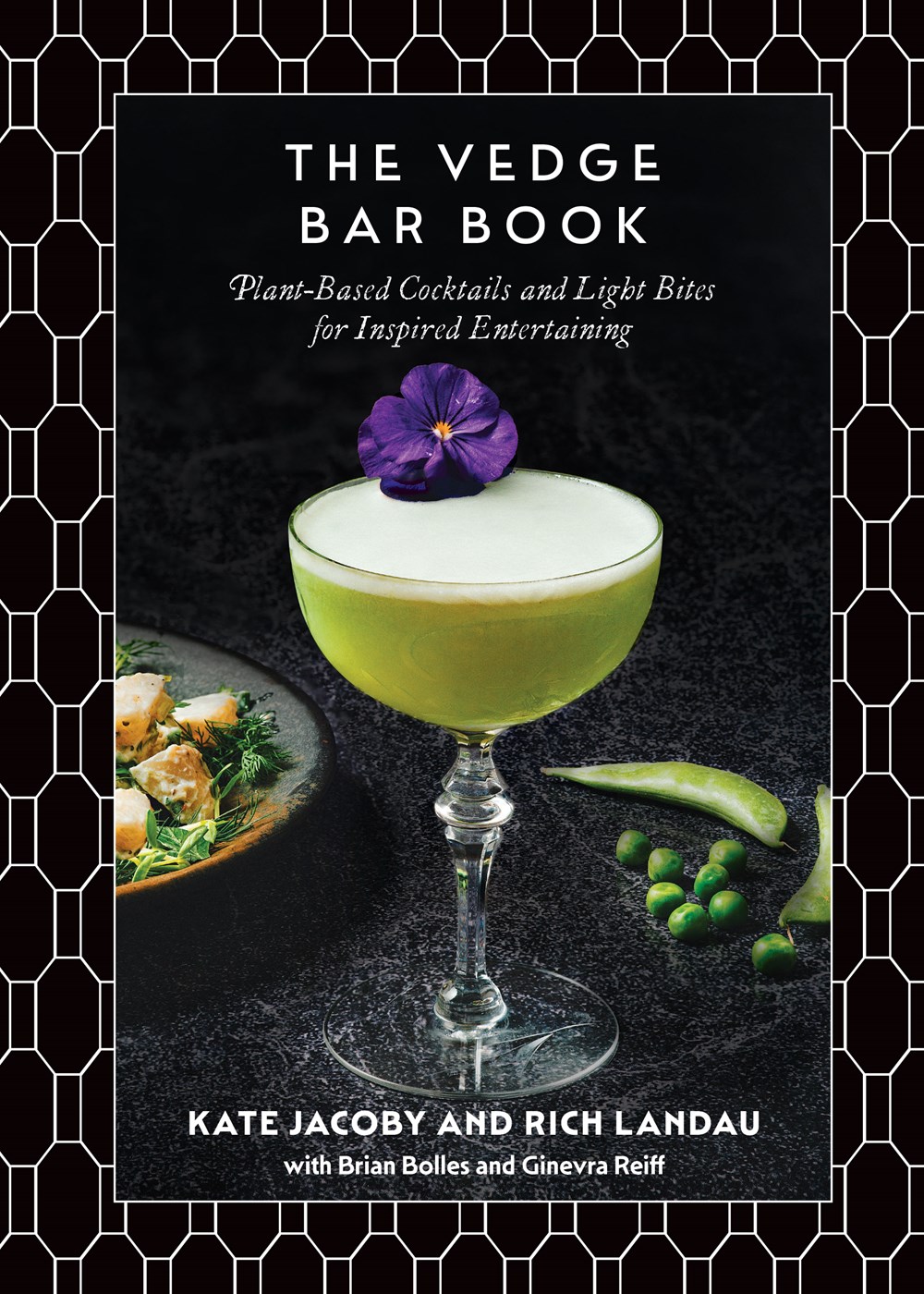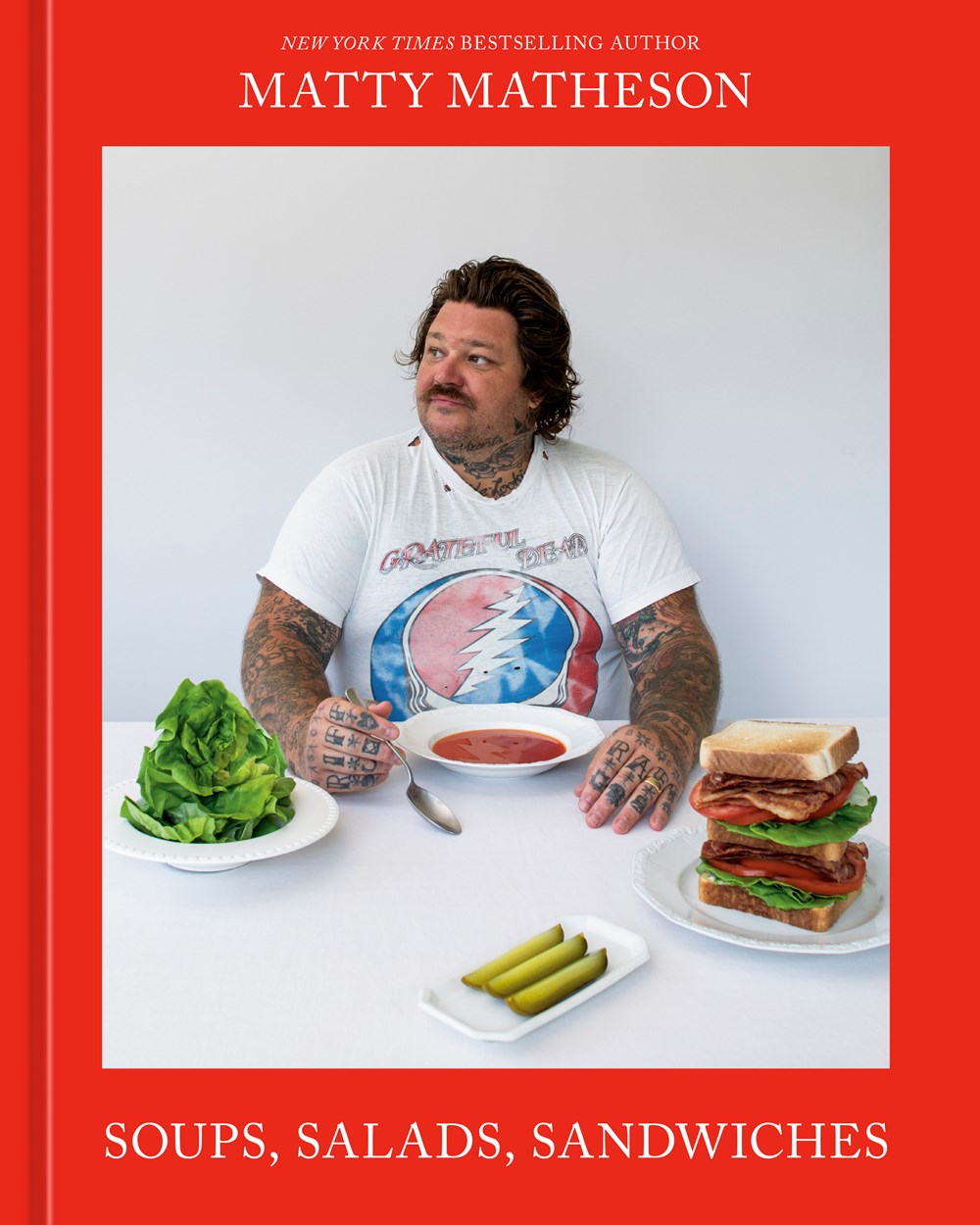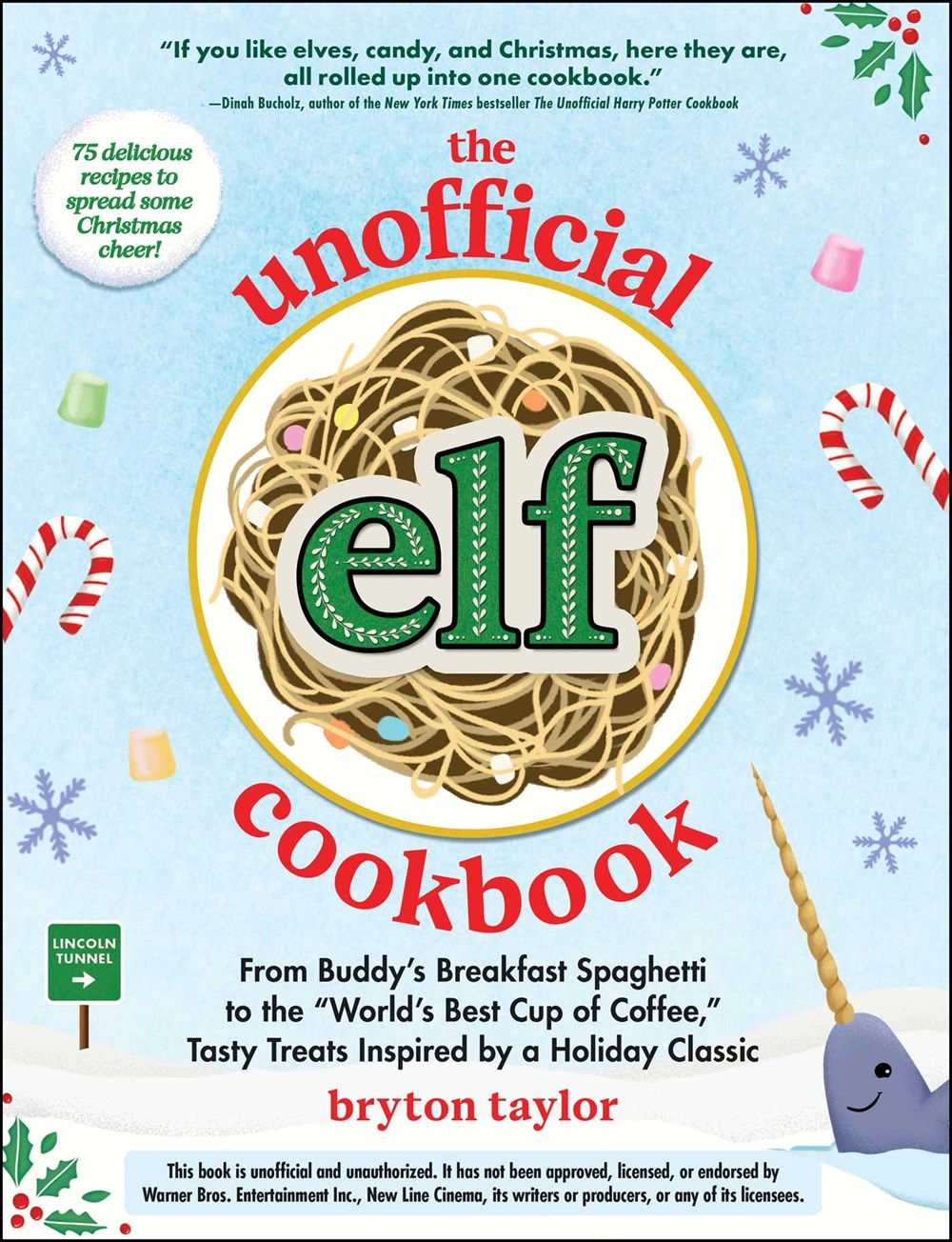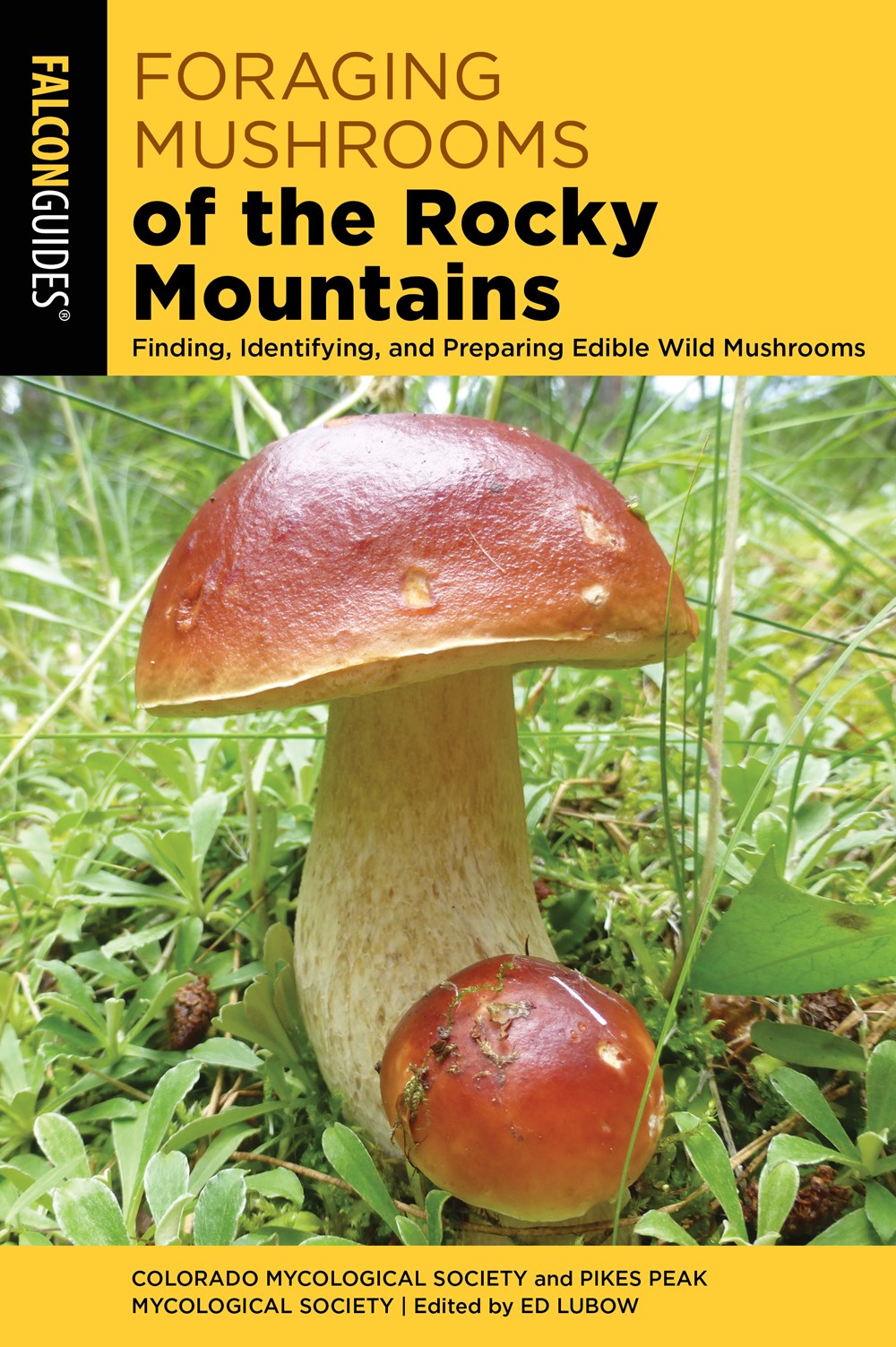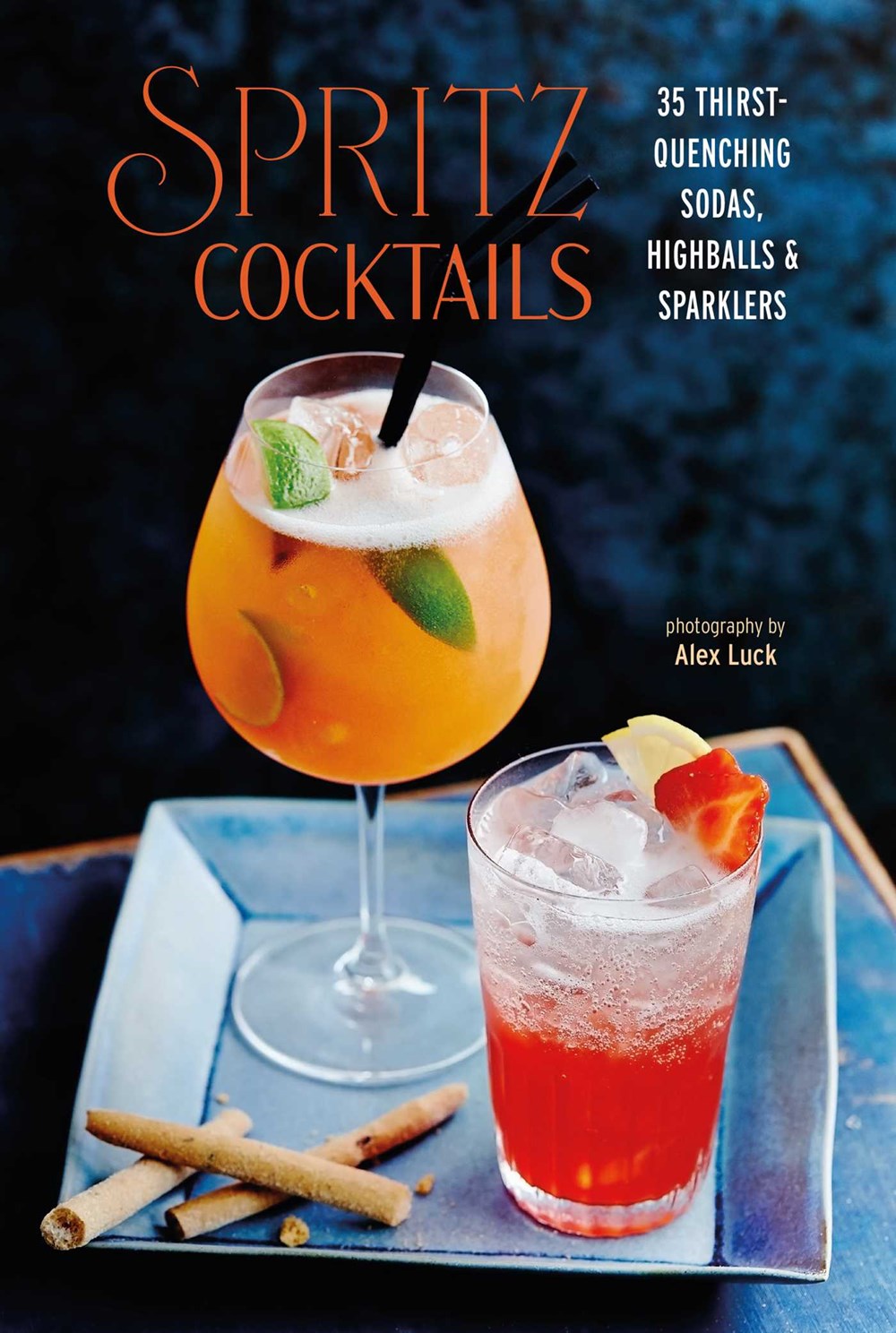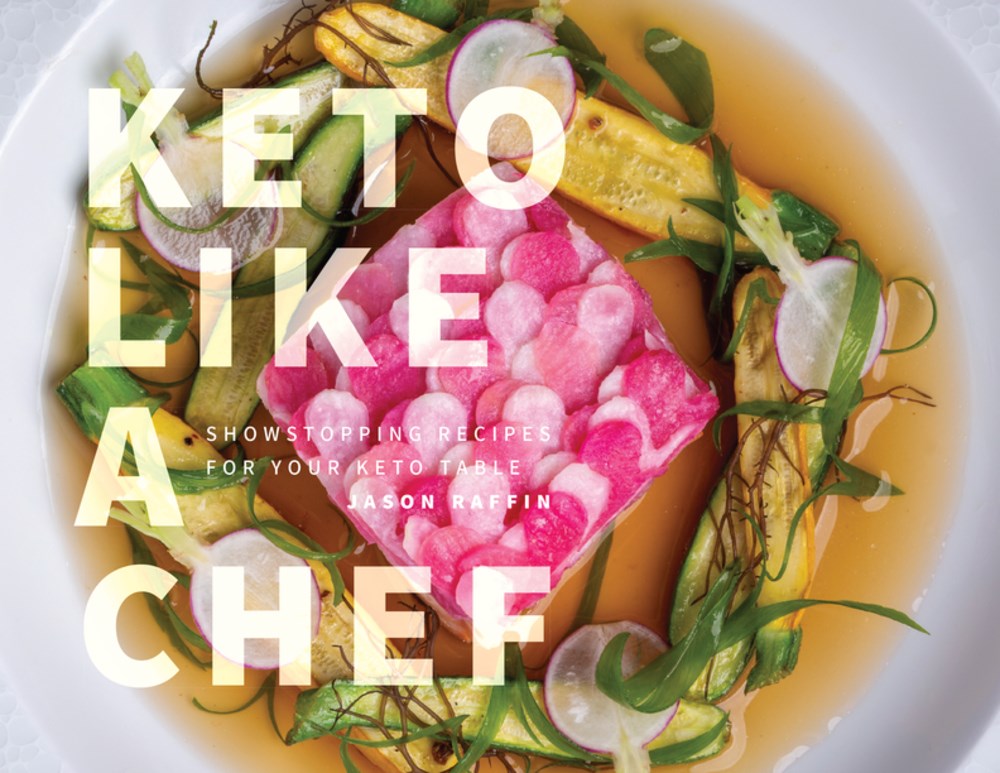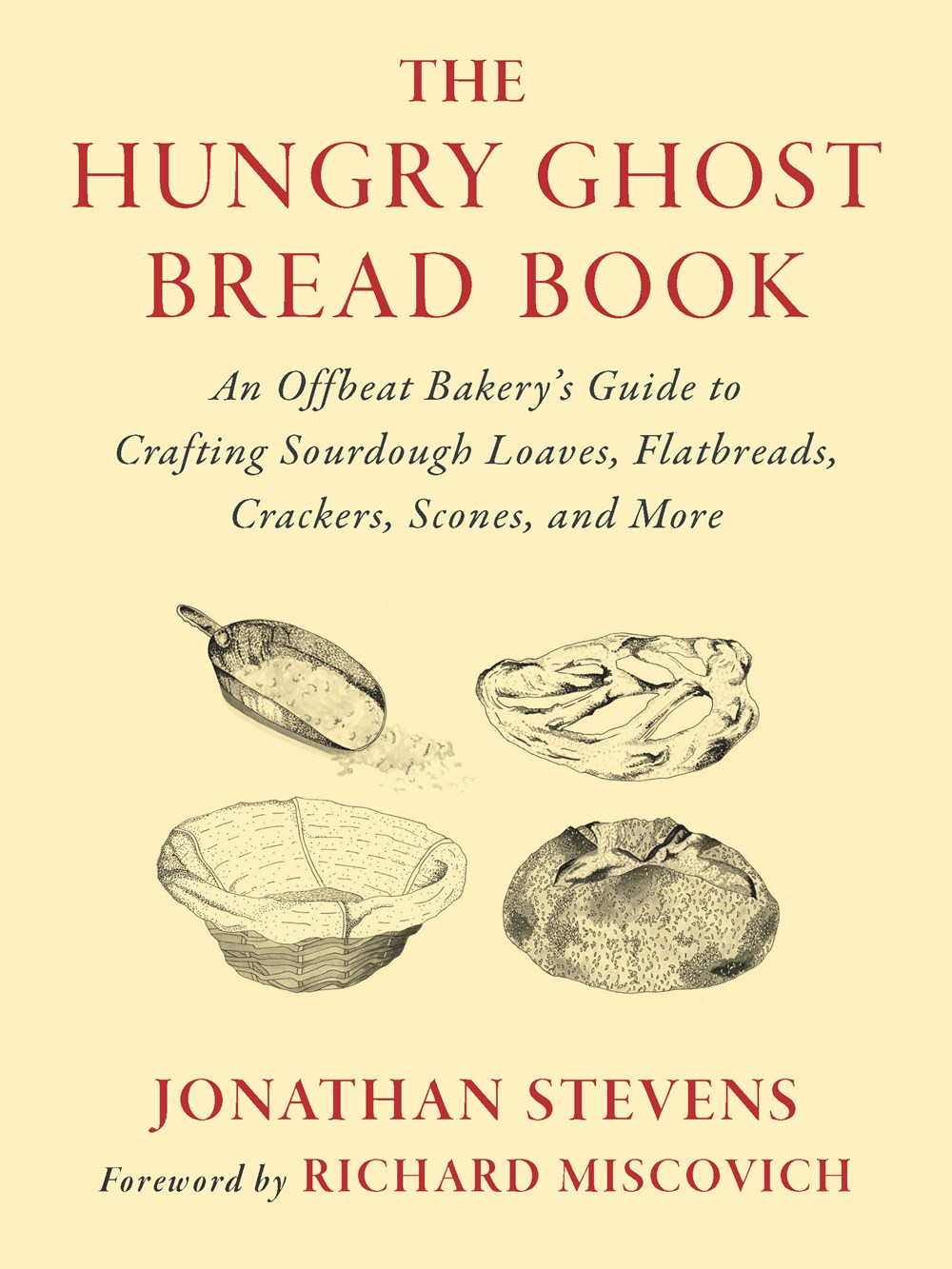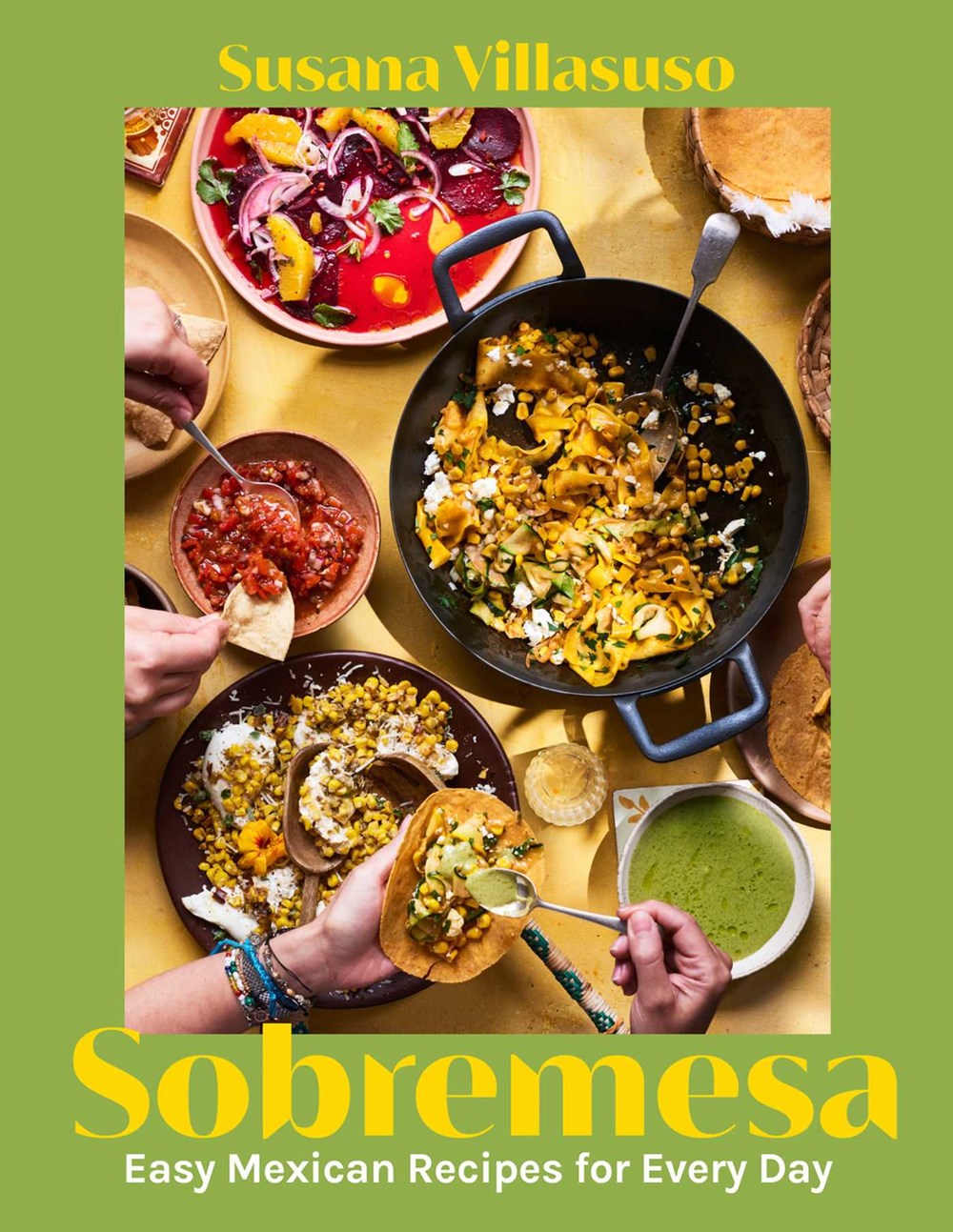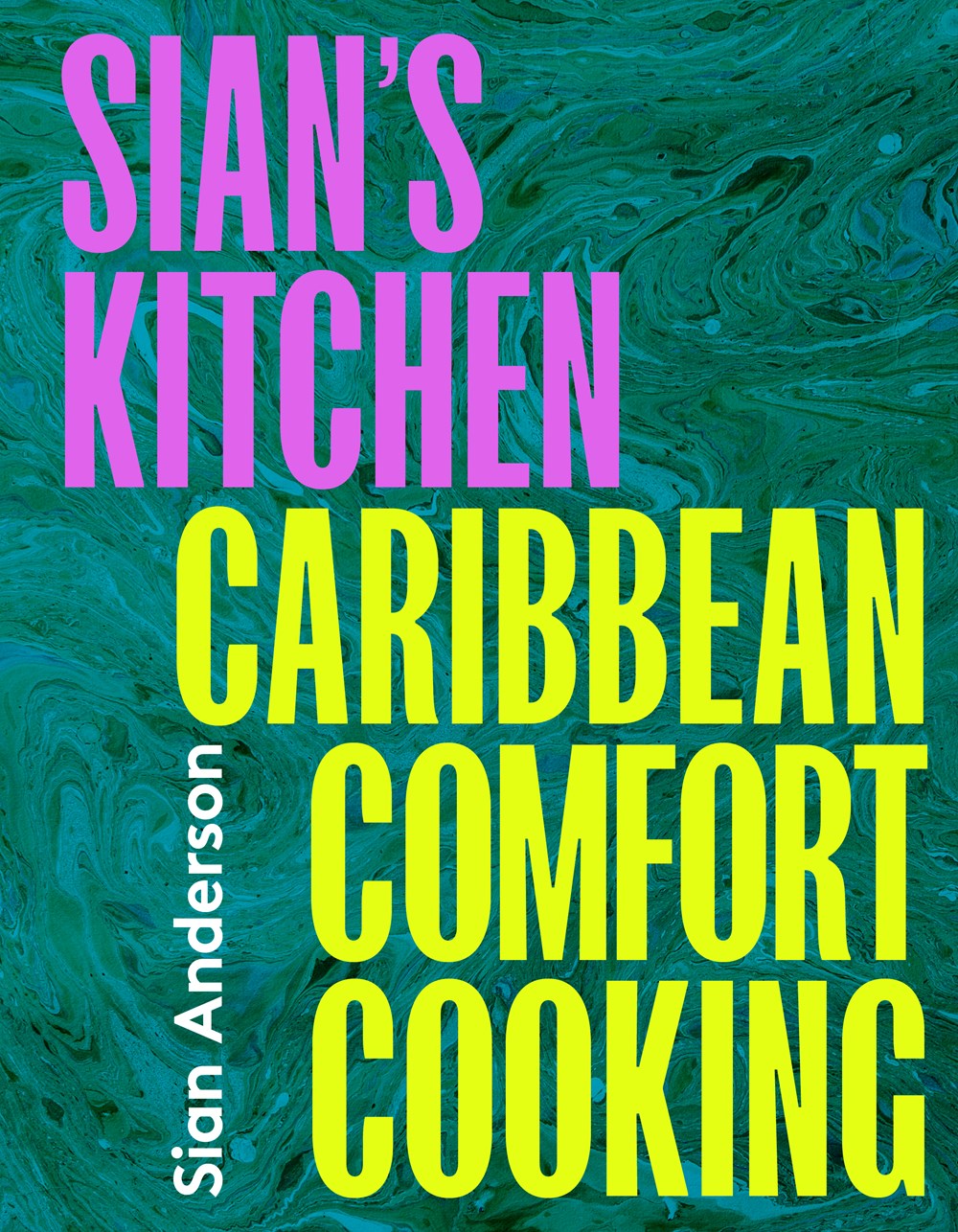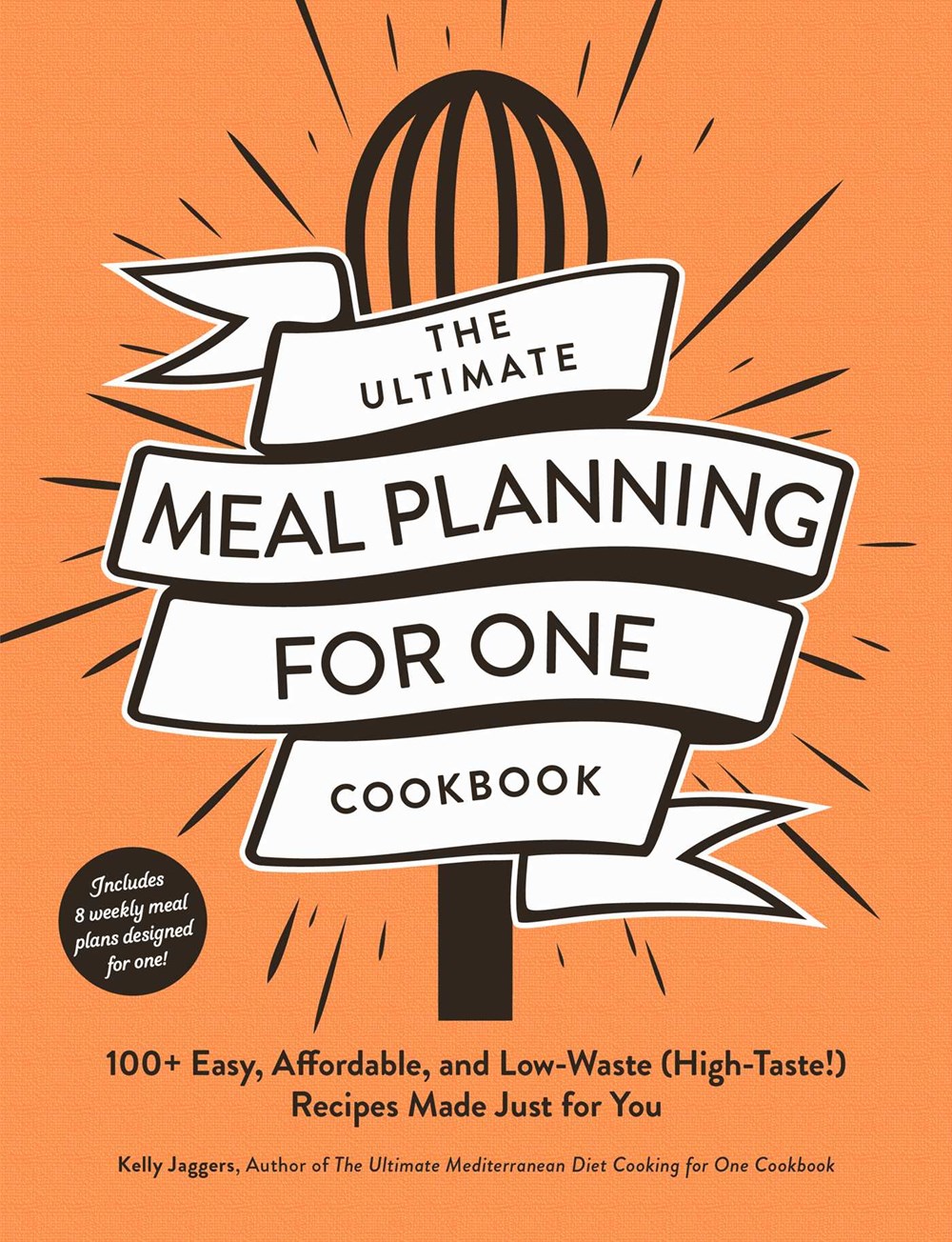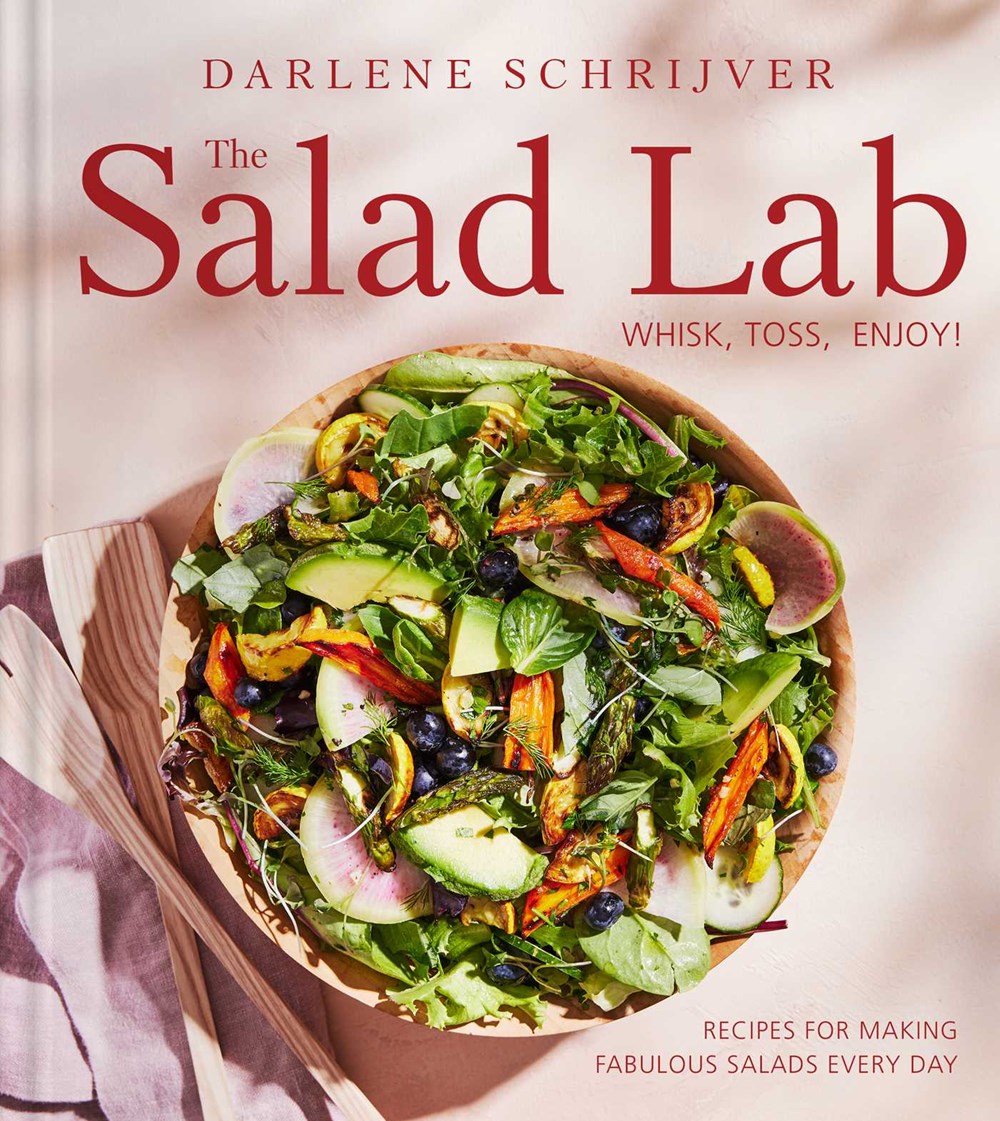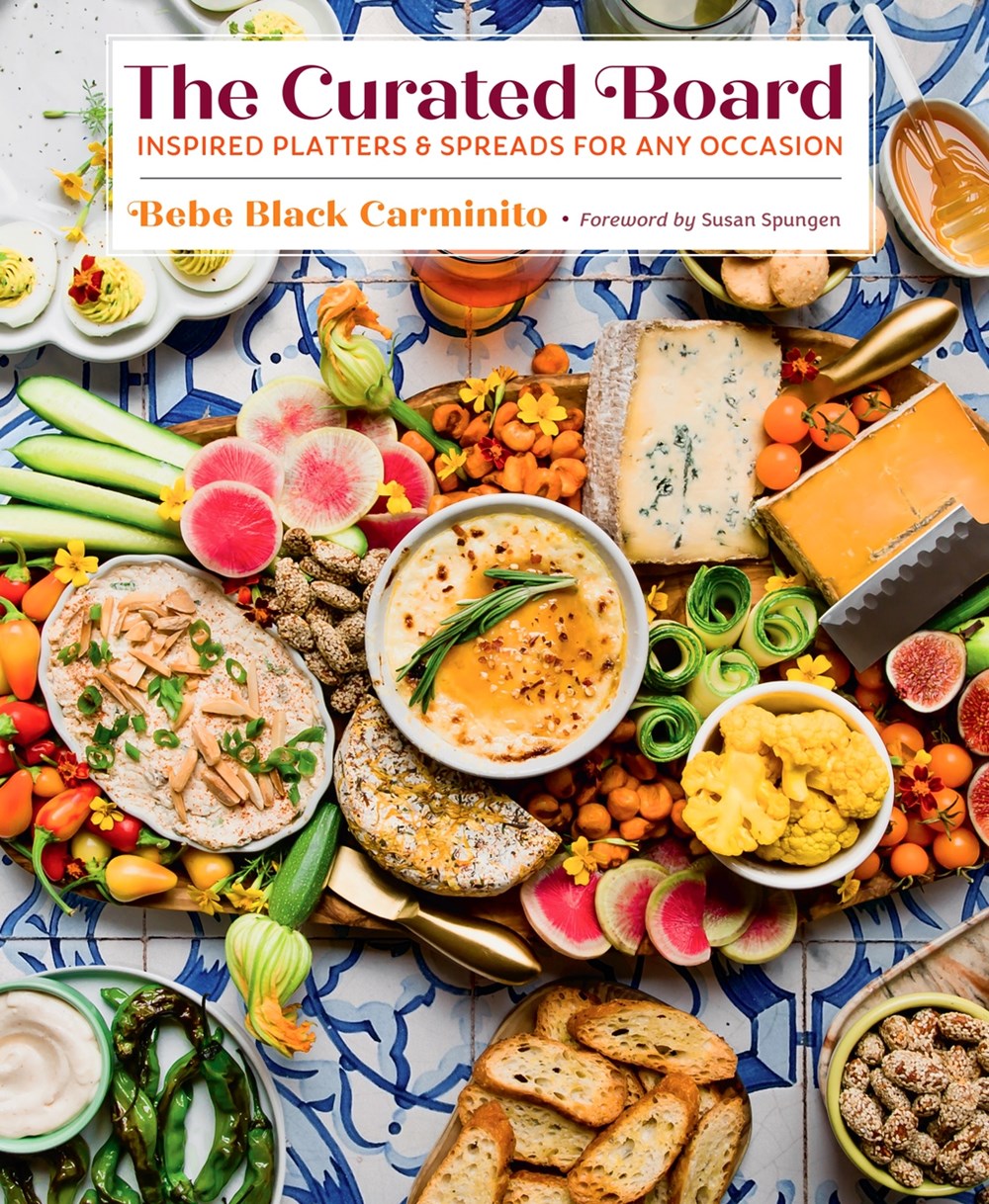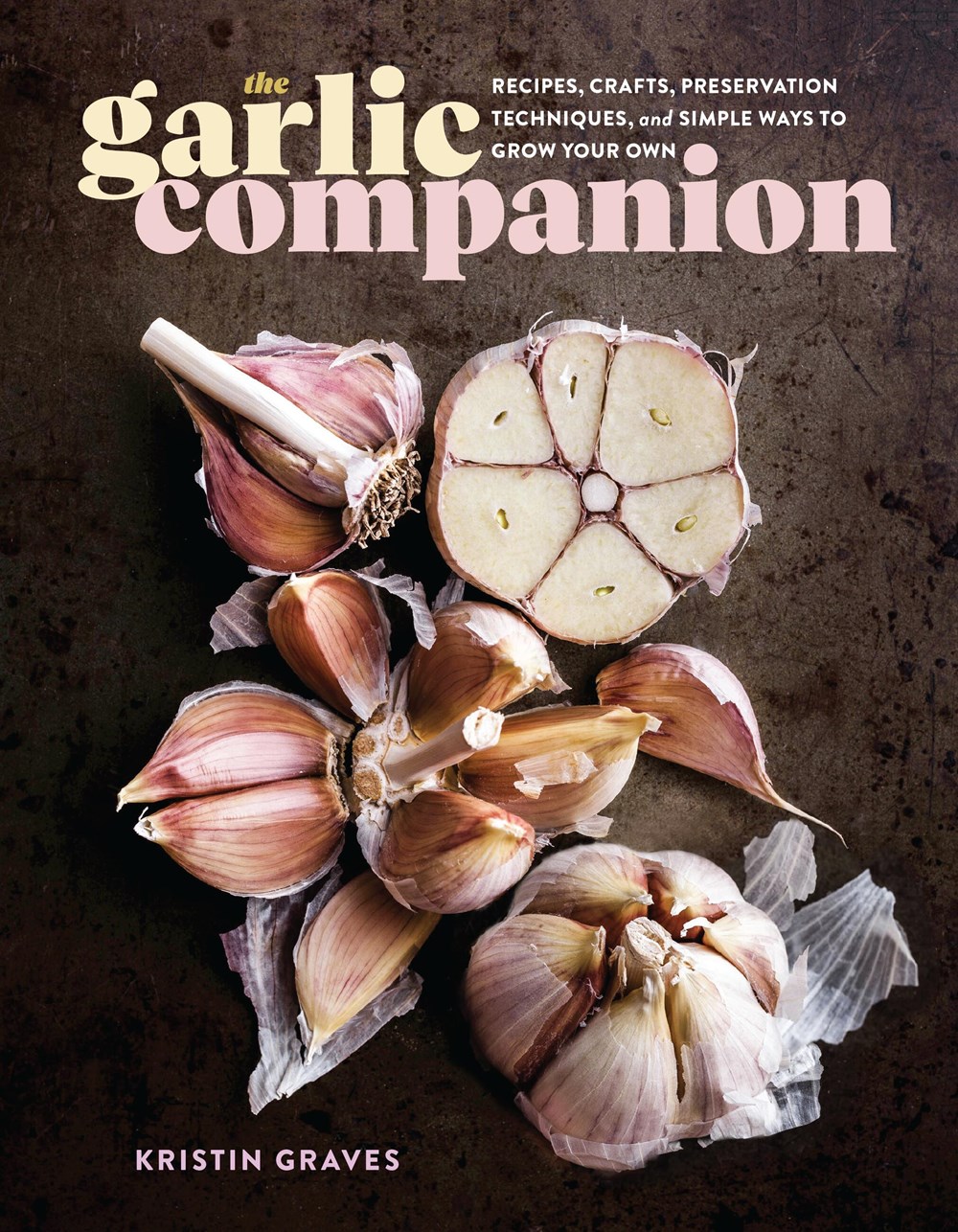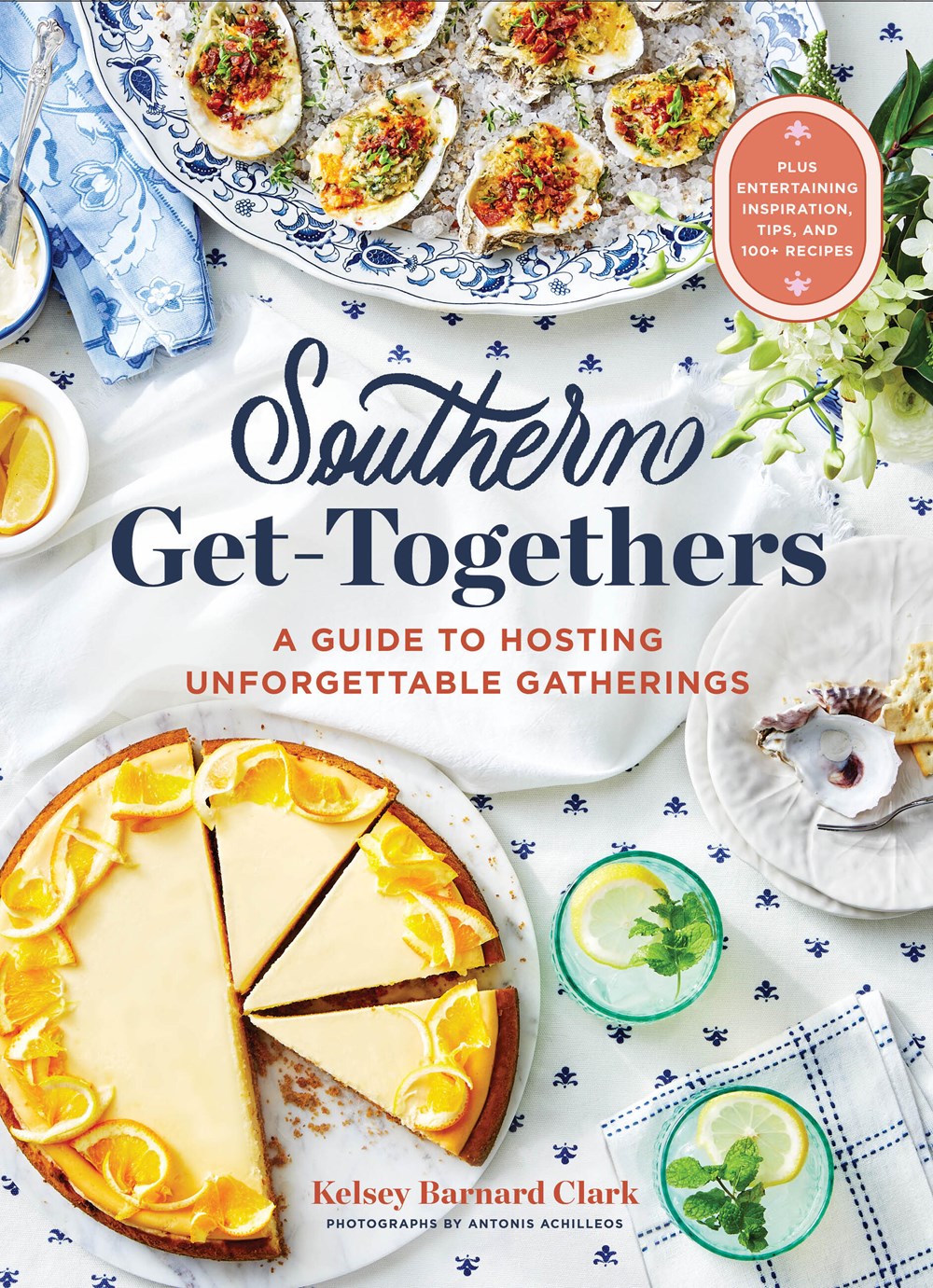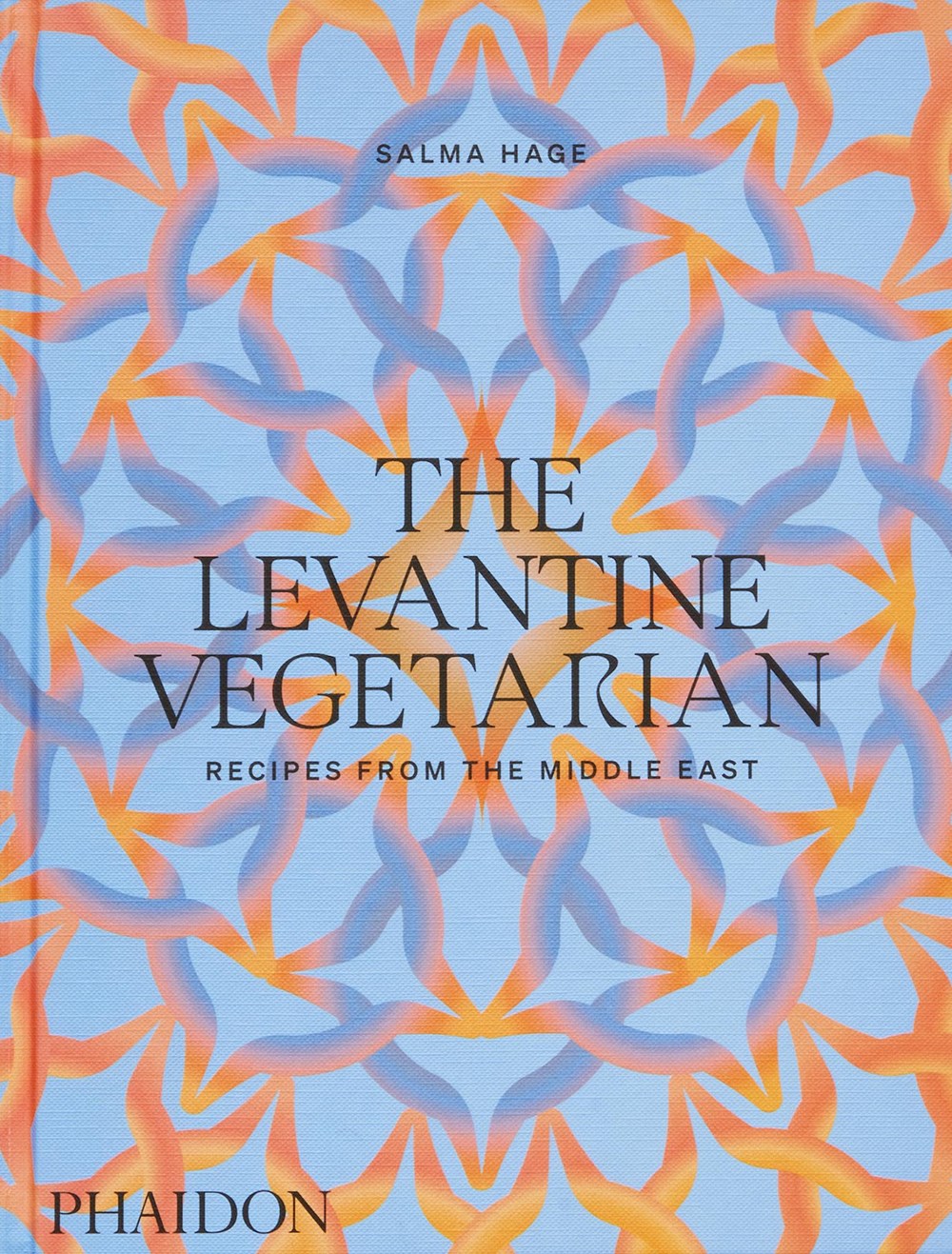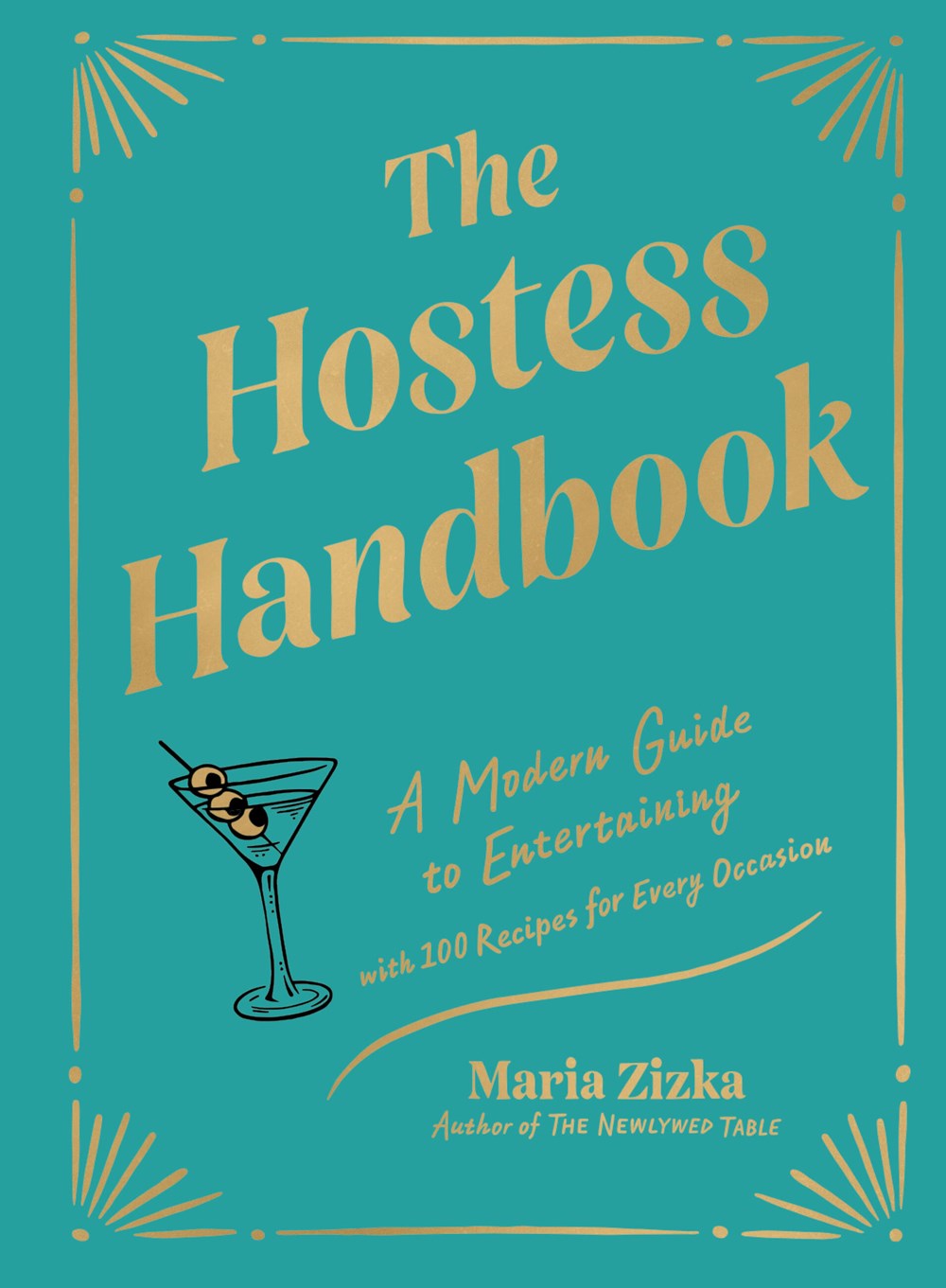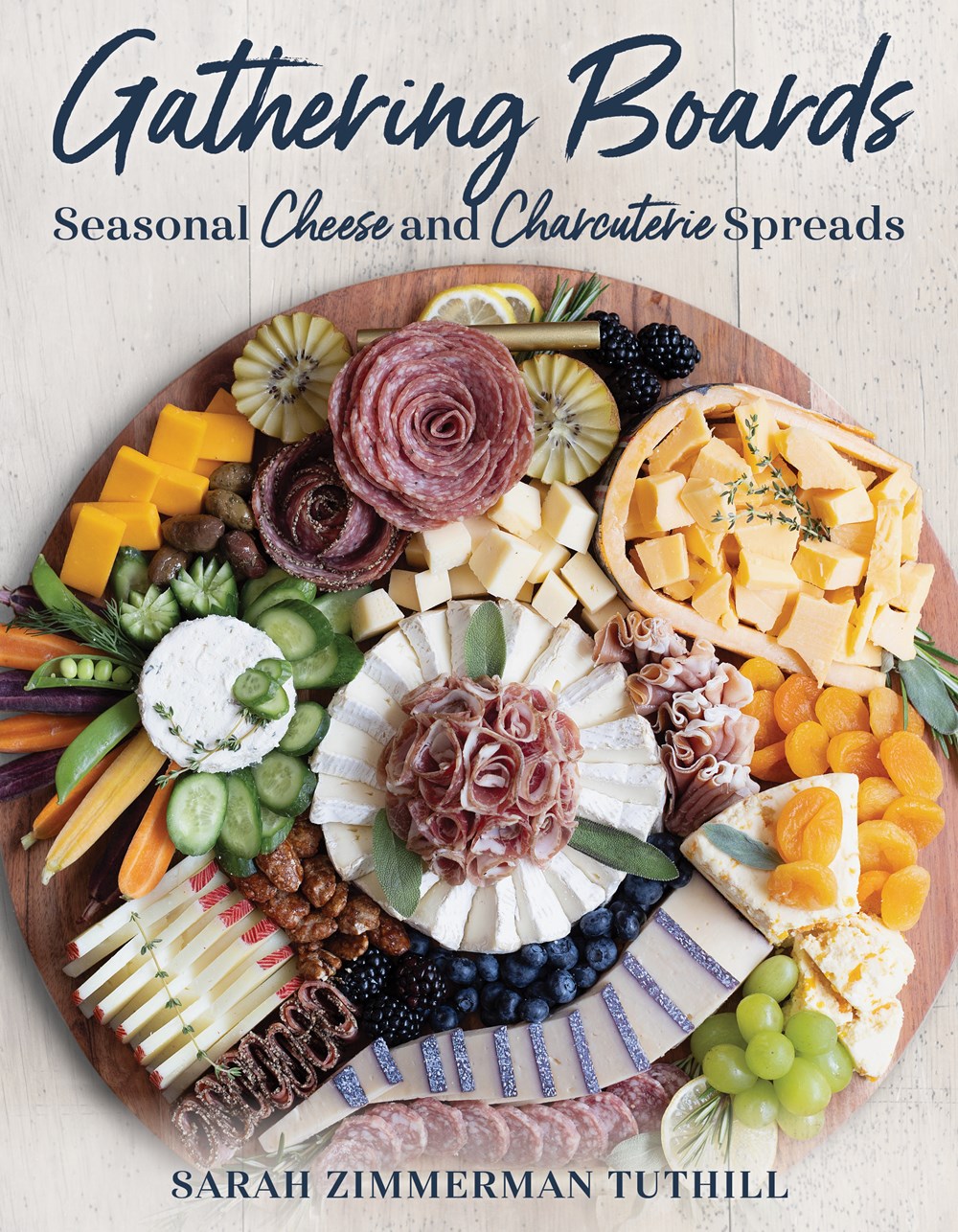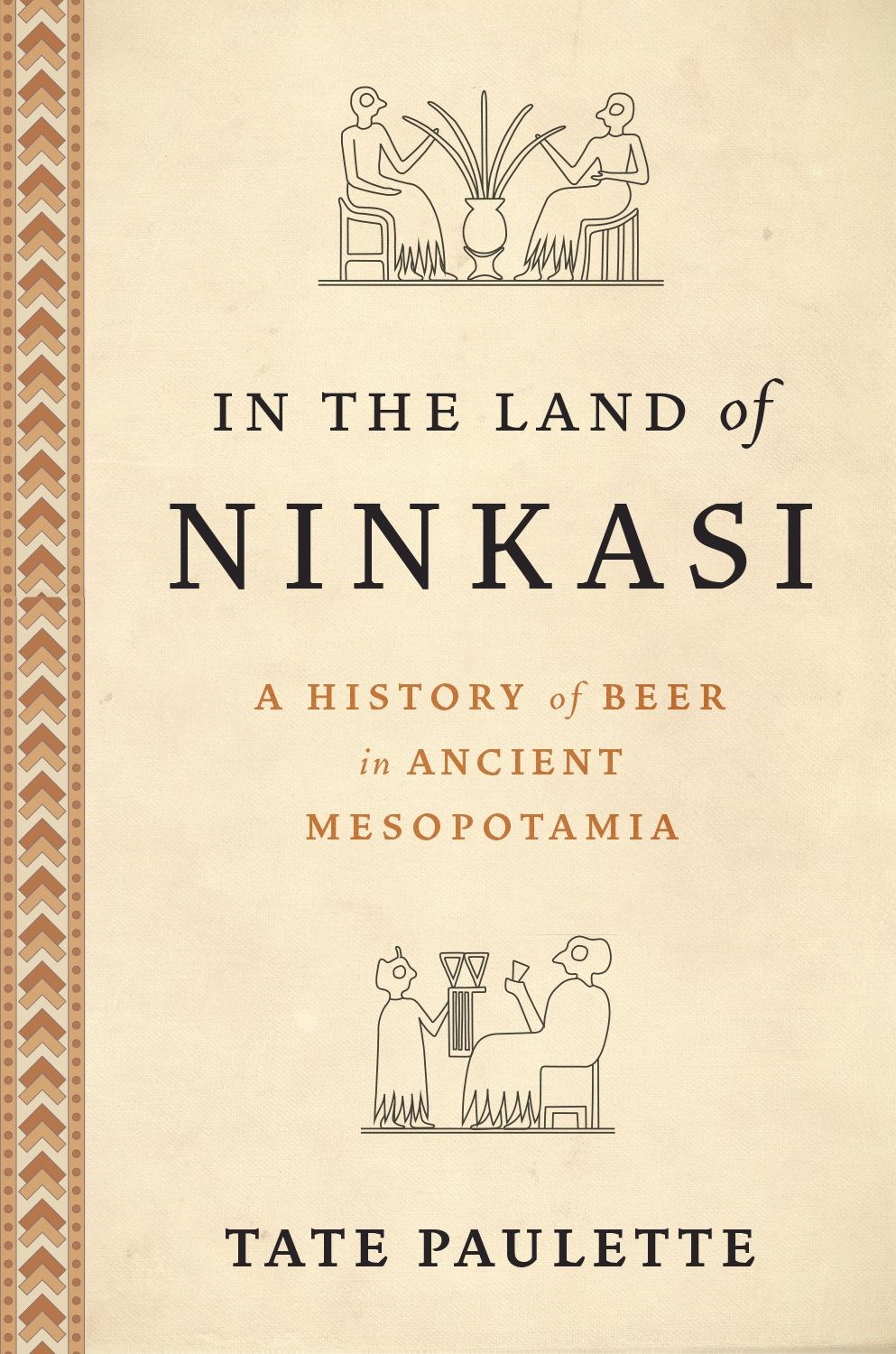Related
While encyclopedic in structure, this is a readable work that adds to readers’ knowledge of viticulture and the processes that make wine what it is. The book has an excellent, well-cited index and an extensive bibliography too. Aspiring or current wine connoisseurs will want this on their shelves.
Written in the same culinary vein as Shirley Corriher’s exemplary BakeWise, Lamb’s snappily written debut delivers on both the style and substance of baking with wit and warmth.
A robust and delicious entry into healthier dessert options. A triumph for gluten-free, vegan, and other dietary-restricted cooks. This should be in every library collection.
This vibrantly written, meticulously designed cookbook provides a warm, welcoming introduction to a fine feast of tasty dishes from around the globe.
Rarely does one find a cookbook that combines nostalgia, family, and tradition with thorough culinary instruction. This mother-daughter duo has done just that with their ode to passing on cooking skills and culture through generations with mouthwatering dishes.
This cookbook offers home cooks a complete collection of treasured recipes and a glimpse at a storied culinary journey.
PREMIUM
Half Baked Harvest Quick & Cozy
This collection of recipes is as comforting as a warm blanket and will provide cooks much inspiration for game days, family feasts, and even the occasional rainy weeknight.
PREMIUM
The Postpartum Nutrition Cookbook: Nourishing Foods for New Moms in the First 40 Days and Beyond
This comprehensive resource thoroughly provides nutrient-packed meal ideas for new and expectant parents.
Much in the manner that Peg Bracken’s I Hate To Cook Book revolutionized cookbooks more than 50 years ago, Eby’s fabulously fun and incredibly informative guide is a treat for cooks wherever they are on the culinary spectrum.
Hart takes his bread baking seriously and expects readers to do so as well. But if one can commit to his philosophy and methods, the odds of gluteny goodness are great.
The cost as well as the level of culinary expertise required to execute these dishes will put this cookbook out of reach for many home cooks, but those interested in the inner workings of a legendary restaurant, or culinary professionals hoping for some inspiration, will find this remarkable cookbook to be the culinary equivalent of “haute couture.”
Essential for aspiring culinary professionals and confectioners seriously committed to playing Willy Wonka at home. Those who are brand new to sweet-making can find less-intimidating candy recipes in Mark Bittman’s How To Bake Everything and the Joy of Cooking.
Fans of Matheson from the kitchen or TV will love this cookbook filled with great eats, his everyday life, and his love of food.
Filled with recipes that will tempt Japanese foodies and vegans alike, this cookbook will be in high demand at many libraries.
A sugar-filled smorgasbord that feels like Buddy wrote it himself. The recipes will bring out one’s inner child with all the fun combinations from Taylor (The Unofficial Home Alone Cookbook).
PREMIUM
Foraging Mushrooms of the Rocky Mountains: Finding, Identifying, and Preparing Edible Wild Mushrooms
A handy guide for readers interested in mushroom foraging. Ecology-minded people and nature lovers will be drawn to this title as well.
The market of spritz-focused cocktail books may be oversaturated, but this title contributes a variety of beautifully photographed cocktail options and recipes for both new and experienced readers to make and enjoy.
Best for experienced cooks, these are restaurant-quality dishes, with the cost, time, and technique requirements one would expect to see from a chef; for any foodie-turned-keto, the book delivers.
This beautiful book ties hunger, taste, connection, and community together; it will be a welcome addition to all collections.
A great buy for those who would like to have a solid reference volume for mocktails in their mixology collections.
PREMIUM
The Ultimate Minnesota Cookie Book: 100 Best Recipes from the Star Tribune’s Holiday Cookie Contest
This collection of simple and sophisticated cookie recipes would be a welcome gift to any baker hoping to augment their holiday cookie repertoire.
The hedonistic plates in Maggiore’s cookbook debut will inspire readers to get out their glammest griddles and some martini glasses so they can recreate his signature style with a meal fit for royalty.
Novice cookie bakers needing a bit more handholding may want to start with The King Arthur Flour Cookie Companion or Rose Beranbaum’s The Cookie Bible; otherwise, this is essential for any baker seeking to understand the origins of this sweet treat and expand the global reach of their cookie game.
This fun romp through briskets and baby back ribs proves that, while he burned Michael Scott at the roast on The Office, Baumgartner’s recipes sizzle and smoke with just the right amount of sauciness.
From deconstructed lasagnas and cozy casseroles to one- or two-step pastas and toasts, these recipes will take longer to eat than they take to make, perfect for reluctant or short-on-time cooks.
While Disney theme parks may have more costumed characters and sparkly ball gowns than the average dining room, Craft demonstrates that magic can happen in any home with enough imagination, a sense of fun, and maybe a Minnie Mouse bundt cake or a glittery, guava-flavored Pride lunch box tart, washed down with some green tea horchata or a vanilla gelato– and strawberry Fanta–spiked “love potion.”
PREMIUM
How To Cook Everything: Kids
A solid entry that encourages parents to introduce all things food and kitchens to young people at all levels of skill and interest.
PREMIUM
The Official Disney Parks Celebration Cookbook: 101 Festival Recipes from the Delicious Disney Vault
A book that readers will pick up as much for the photos and the recipe headnotes, with history of when the dishes were served at the Disney theme parks, as for the recipes themselves. This will whet Disney fans’ appetite for a return visit.
Readers will be ready to mix things up in their kitchens with classic dals, biryanis, and versatile kofta curries simple enough to prepare on weeknights.
Come for the macabre and stay for the soufflé; this cookbook will inspire a taste for tarts and awaken a desire to read, eat, and write with dangerous, daring abandon.
This is a nice volume that encourages family connection and honors tradition. A solid win for shelves seeking to highlight Jewish cuisine, and a good resource for young chefs.
PREMIUM
Alpine Elixirs: The Swiss Art of Quirky Cocktails, Cozy Coffees, Mouthwatering Milkshakes and More
Pilot takes readers on a lively tour of Swiss drinking culture, with recipes. Recommended for larger collections, especially where there is interest in specialty drinks.
A welcome dose of culinary nostalgia for some cooks, as well as a terrific opportunity for others to discover just what Betty can do for them in the kitchen.
A delicious serving of Tucci’s special blend of tasteful prose and sparkling wit that his fans and general foodies will savor.
Writing with an effortless élan that only a French pastry chef could have, Ansel not only offers fascinating glimpses into his life with an array of reliable recipes but also gives bakers a new way of looking at the sweet treats in their lives.
While the book’s target audience may be New England fans of the company, beginning cooks around the country will find this to be a solid introduction to how the judicious use of spices, marinades, and sauces can elevate standard dishes into something really special.
This all-encompassing love letter to the mushroom will be a welcome addition to every collection and is sure to be enjoyed by casual cooks, along with those who are deeply interested in the mushroom.
PREMIUM
Why I Cook
This cultivated collection of tales from a storied culinary career will elevate cookbook shelves and deliver lots of family meals along with hours of reading enjoyment.
Another solid addition to Kieffer’s growing library of baking books, bound to be in high demand for its breadth of recipes and flavors and trending subject.
Todd Wilbur pioneered corporate recipe-duplication with his Top Secret Recipe cookbooks back in the 1990s. Home cooks with a hankering for their favorite items from grocery store aisles, fast-food chains, and more will appreciate this fun, friendly new take on the subject.
This simple approach to vegetarian dishes using Halloumi offers encouragement and confidence to help home cooks embrace a tantalizing meat substitute.
Lahey’s passion for great tasting bread and his easy, accessible recipes will inspire a new batch of bakers to try their hand at turning out artisanal quality bread at home.
Beginning and experienced bakers alike will be enchanted by Owen’s cozy Canadian brand of culinary charm, which underscores the power of baking to bring people together.
This deserves a space in collections that cater to both casual and adventurous bakers. Kourelos’s writing is approachable, and she creates a supportive space for those starting the same journey she has explored so deliciously.
Librarians looking to add variety to their cookbook collections and readers who want to experiment with fusion recipes will find this a useful addition.
The world will never have enough practical weeknight cookbooks, but what will make this one fly off the shelves is Turshen’s unique cooking philosophy and wonderfully tasty results.
Owners of the original will want to read this new edition for its updates and additions, while novice bakers could not ask for a better introduction to the art and science of cake baking.
PREMIUM
Belly Full: Exploring Caribbean Cuisine Through 11 Fundamental Ingredients and over 100 Recipes
Enston’s passion for recipe development and Caribbean foodways are reflected in both the book’s delicious dishes and its attention to detail throughout.
Novice pie bakers who need a bit more pastry hand-holding may be better served by Kate Lebo’s Pie School or Allison Kave’s First Prize Pies, but more experienced pie makers will find Lapp’s book to be a good initiation into the world of Amish pies.
Both armchair cooks and anyone seeking an introduction to Cajun cuisine will find that Martin’s latest eloquently and elegantly written book perfectly captures the culinary heart and soul of the bayou.
PREMIUM
The Memory of Taste: Vietnamese American Recipes from Phú Quoc, Oakland, and the Spaces Between
A solid choice for combining family history with traditional and modern Vietnamese cuisine.
PREMIUM
Food and Other Things I Love: More than 100 Italian American Recipes from My Family to Yours
A definite winner for those seeking an introduction to Italian American cuisine and for fans of the author.
Home cooks will think they have struck culinary gold with this passionate guide to the bright, bold flavors of Israel.
Decidedly offbeat, this book is not designed for every home baker, but anyone seeking bread enlightenment (and who is willing to put in the time and work Stevens advocates) will be richly rewarded.
Weller’s greatest strength as a baker is her focus on learning, and this impeccably written guide to the art and science of bread making will inspire home bakers to embrace their own culinary curiosity as well.
Melding her heritage, her enthusiasm for history and food, and her travels, Longoria has created a rich collection of Mexican recipes that will make readers think of her as a chef first and actor second.
Villasuso’s cookbook debut is thoughtful and thorough; it’s both a love letter to the culture and flavors of the author’s homeland and a creative venture into Mexican cooking.
A lush and delicious journey through the flavors and countries of the Mediterranean; great for adventurous cooks looking to delve into a new regional cuisine.
Recommended for larger collections, especially where readers are looking for a fun, accessible way to add more salad into their lives.
Good for hosts at every level, this is a wonderful debut effort offering guidance on creating appealing boards.
To some extent, the book feels like a novelty, but it makes a fun addition to most collections. Readers who love pickles and want to expand their home cooking repertoires will find this an enjoyable and useful book.
Easy-to-understand recipes and directions with color photographs help make this a highly accessible and critical volume for fans of garlic.
Hage offers amazing dishes (including many vegan options) that readers will be able to either incorporate into their daily menus or put together to create elaborate Levantine feasts.
PREMIUM
Gathering Boards: Seasonal Cheese and Charcuterie Spreads for Easy and Memorable Entertaining
Colorful pictures successfully enhance Tuthill’s breezy, inspiring text for this book full of charcuterie board ideas.
Whether she’s recreating her family memories, exploring complex flavors, or adding her own twist to American classics, Borlongan knows how to sweeten the familiar while decolonizing the ice cream machine, one cone at a time.
This is an excellent book for readers interested in expanding their understanding of how spices can be used to flavor and complement a variety of foods, as well as for budding chefs with an adventurous sweet tooth.
This is a great guide for gardeners with a bounty of fruit and for home cooks looking to mix it up with both classic and creative fruit recipes.
In his first cookbook, Kirwan dishes up a bountiful harvest with options that are plant-forward, along with hearty meat-centered salads, with just the right balance of classics thrown in to feed people’s need for daily greens while also inspiring them to view salads as canvases for artistic explorations of flavors, colors, and textures.
With tantalizing photos, vegetarian and gluten-free options for most dishes, and kid-tested recipes, there is something here for everyone to savor.
PREMIUM
Asian Vegetables: A Cook’s Bible
Ideal for culinary collections focused on encyclopedic knowledge.
Cooks hungry for a genuine taste of Venetian cuisine from cicchetti to dolci (and who don’t mind having to source some Italian-specific ingredients such as Italian 00 flour) will find this an excellent, elegantly written introduction to the subject.
Nguyen’s delicious efforts to bring her unique cuisine and personal style to print will be a hit with fans and newbies alike.
For beginner to experienced cooks, this excellently presented volume will have wide appeal to all types of palates.
Though some of the dishes are fairly complicated and involve some preparation, there are enough shortcuts (ready-made pastry, for example) and straightforward meals to make this inventive, flavorful guide one that most cooks will be able to follow and enjoy.
From yummy new options for easy, quick snack dinners to scrumptious choices that will help readers up their charcuterie board game, Sheehan’s book has got home cooks covered. In fact, the only challenge cooks will face once they get their oven mitts on Sheehan’s marvelously inventive, tasty treat of a cookbook will be deciding where to start.
These delicious and mostly easy-to-make recipes offer something for every palate, from vegetarian to meat-eater. Readers don’t have to live in Ithaca to enjoy this delightful book. CSA or food coop members and readers who frequent farmers markets can use this handy resource to find cooking ideas.
With its up-front advice, easy options, and performance-focused recipes, the latest from Murchison (The Cycling Chef: Recipes for Getting Lean and Fuelling the Machine) will share podium space on athletes’ shelves with books such as The Feed Zone Cookbook by Biju Thomas and Allen Lim and Run Fast, Eat Slow by Shalane Flanagan and Elyse Kopecky.
This useful, fun, well-designed book is a find; put it on display with hiking books and watch it fly off the shelf.
Bartending professionals will find this to be an invaluable resource, but home drink slingers seriously intent on upping their cocktail-mixing game might enjoy it as well.
A superb, marvelously informative introduction to Latine cooking and cuisine in the U.S., enriched with intriguing snippets of Salazar’s heritage and culinary journeys.
articles
ALREADY A SUBSCRIBER? LOG IN
We are currently offering this content for free. Sign up now to activate your personal profile, where you can save articles for future viewing
